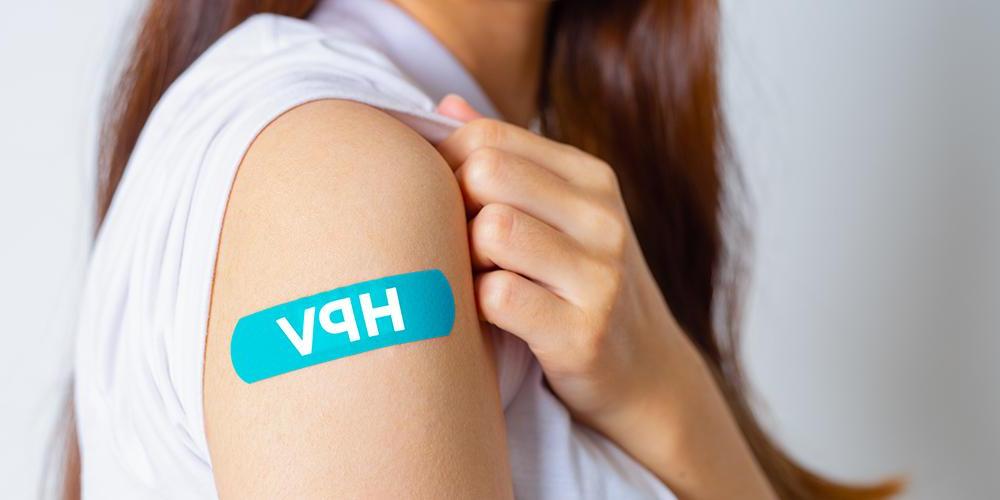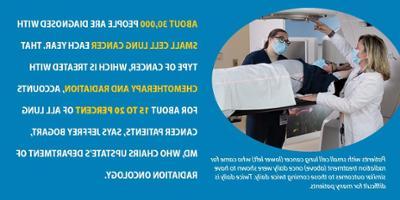Vaccine credited with steep drop in cervical cancer
Cancer experts trumpet a 65% reduction in cervical cancer among 20- to 24-year-old women from 2012 to 2019. They were among the first group of 11- and 12-year-olds to receive vaccination against the human papillomavirus, or HPV.
HPV is the most frequent sexually transmitted infection in the United States. (Yes, more common than herpes or gonorrhea.) Without the protection of immunization, many individuals will acquire this infection at some point, says Manika Suryadevara, MD, a pediatric infectious disease specialist at Upstate.

More than 100 types of HPV exist, with more than 40 affecting the genital area, she says. The virus can cause genital warts, throat cancer, cervical cancer or other genital cancers.
HPV infection often occurs with no symptoms, so many people won’t know they’ve been infected.
The body’s immune system may be able to clear the virus, or the virus may quietly persist for years before developing a cancer.
Upstate gynecologist Allison Roy, MD, says sometimes the body clears the infection, but “we know that the longer the HPV stays around in the cervical cells, the more likely it is to cause dysplastic changes, or the precancerous changes that then go on to develop a cancer.”
Pediatricians offer the HPV vaccine to adolescents along with tetanus, meningitis and other standard vaccines. Suryadevara says, “By vaccinating boys and girls, you are protecting both genders from developing HPV-associated cancers later in life.”
The latest numbers from the American Cancer Society seem to show the vaccine is effective.
This article appears in the summer 2023 issue of Cancer Care magazine.





